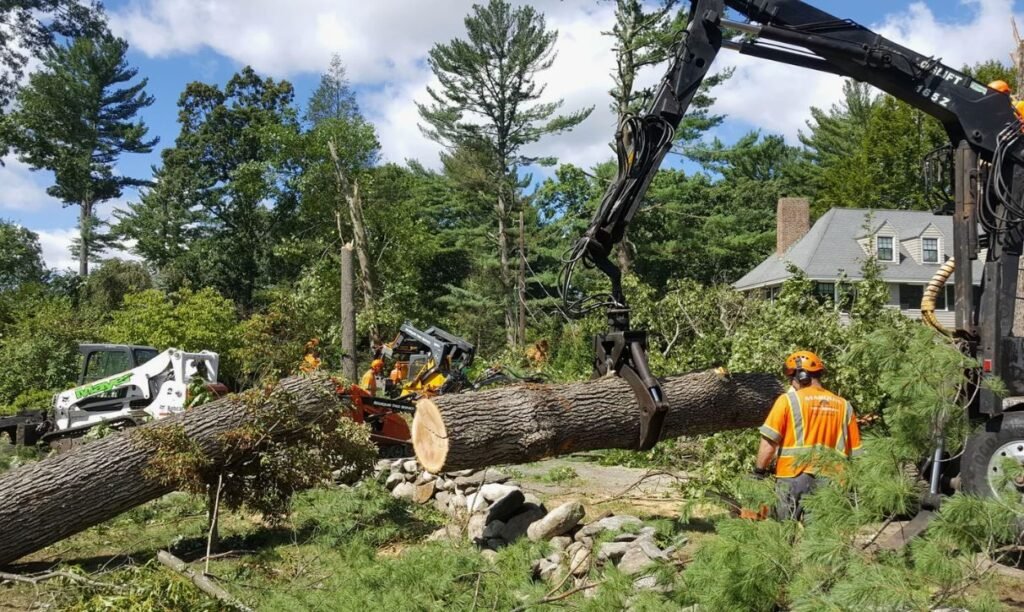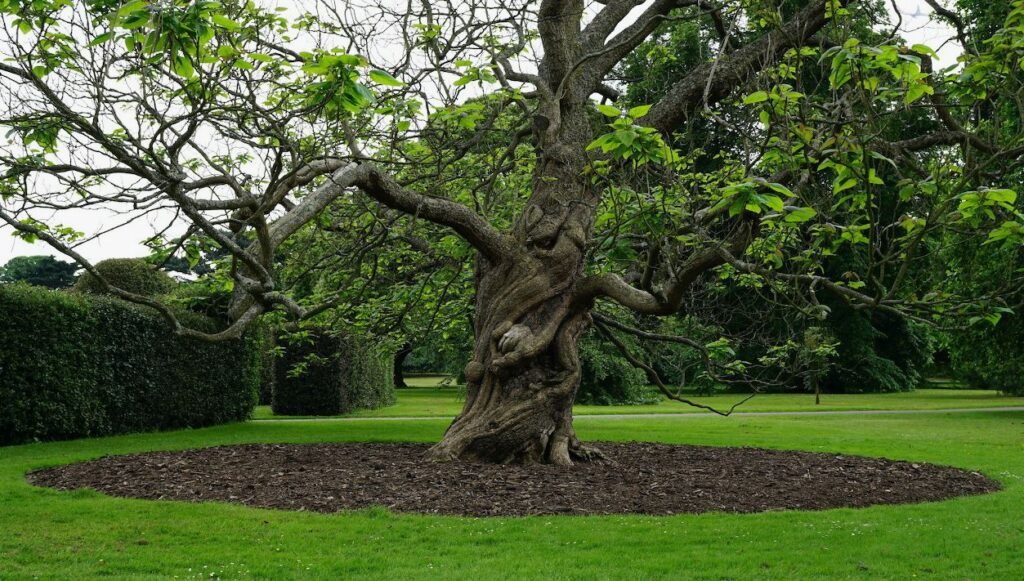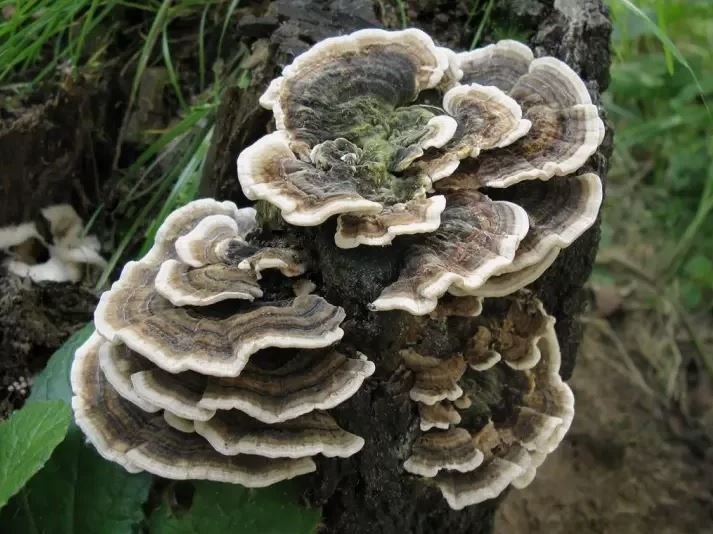Understanding Hedge Growth
Hedges thrive based on various factors, including light, water, and nutrients. Trimming encourages new growth and helps maintain the desired shape and size. However, improper trimming can lead to uneven growth, structural damage, and even disease. Understanding the growth patterns of different hedge species is crucial for effective trimming.
Best Practices for Hedge Trimming
- Timing Matters: Trim hedges during their dormant season to minimize stress. For most evergreen hedges, late winter or early spring is ideal. For deciduous hedges, trimming after the leaves have fallen is best. This timing helps the plant recover and grow more vigorously during the growing season.
- Tools of the Trade: Use sharp, clean tools to make precise cuts. Hedge trimmers, pruning shears, and loppers are essential for different types of cuts. Sharp tools prevent tearing and bruising of the plant tissue, reducing the risk of disease.
- Technique is Key: Start trimming from the bottom and work your way up. This prevents the accumulation of cut branches on lower sections, ensuring an even trim. Also, avoid cutting too deeply into old wood, as this can damage the hedge and slow down regrowth.
- Shape and Form: Trim hedges in a slight A-shape to allow sunlight to reach lower branches. This promotes even growth and prevents legginess. The wider base compared to the top ensures that the entire hedge receives adequate light and air circulation.
- Regular Maintenance: Regular trimming helps maintain the shape and health of the hedge. Avoid drastic cuts, as they can shock the plant and hinder growth. Light, frequent trimming encourages denser growth and helps manage the hedge’s size and shape effectively.
Benefits of Proper Hedge Trimming
Proper hedge trimming promotes dense, healthy growth, enhancing the overall appearance of your garden. Well-maintained hedges can act as natural privacy screens, windbreaks, and noise barriers. Regular trimming also prevents overgrowth, which can encroach on walkways, driveways, and structures, maintaining a neat and orderly landscape.
Cost Considerations
Professional hedge trimming services typically range from $50 to $75 per hour, depending on the complexity and size of the hedge. Factors like hedge height, length, and species influence the cost. Regular maintenance can help avoid higher costs associated with overgrown or damaged hedges. Investing in professional services ensures the job is done correctly and safely, preserving the health and beauty of your hedges.
When to Call an Arborist
If your hedges show signs of disease, pest infestation, or extensive damage, it’s best to consult a certified arborist. They can provide expert advice and treatment options to restore the health of your hedges. Arborists can also help with proper hedge selection, planting, and long-term care strategies to ensure your hedges thrive in your specific environment. Regular check-ups with an arborist can prevent minor issues from becoming major problems, saving you time and money in the long run.
By following these best practices, you can ensure that your hedges remain healthy, aesthetically pleasing, and a valuable part of your landscape.




